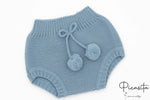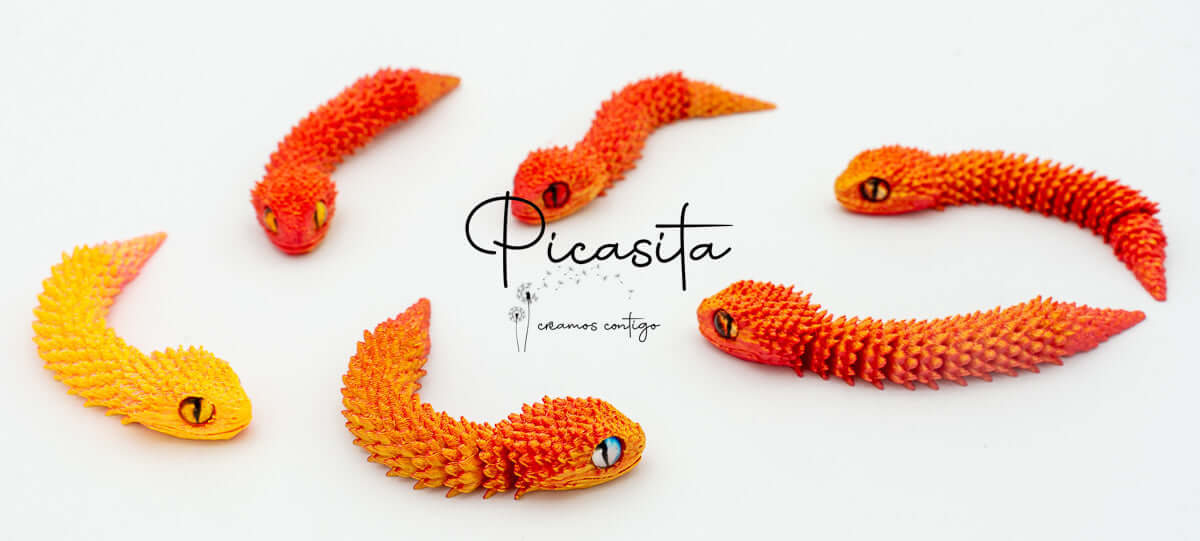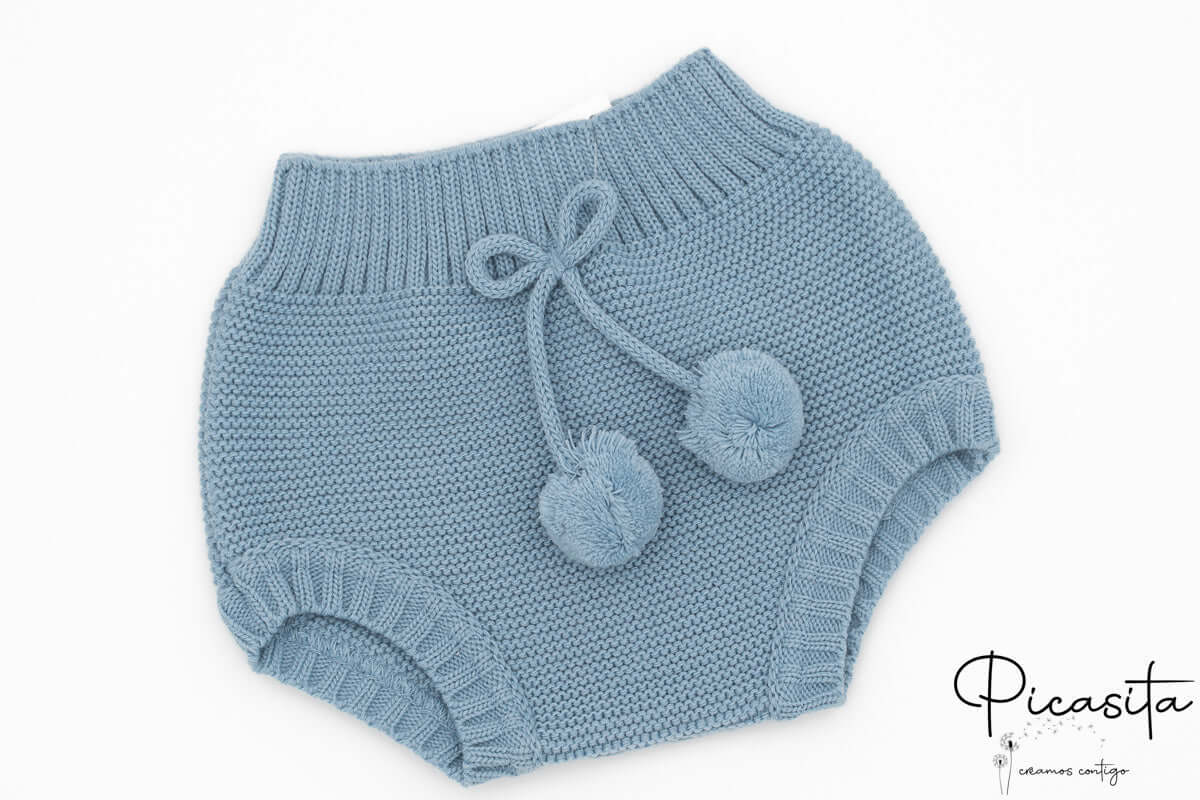
Complete Guide to Baby Clothing: How to Choose Comfortable, Safe, and Stylish Garments
, by Picasita Regalos Originales, 6 min reading time


, by Picasita Regalos Originales, 6 min reading time
Discover how to choose the ideal clothing for your baby, prioritizing not only adorable designs but also comfort, safety, and practicality. This guide will help you select garments that protect their delicate skin and make daily life easier, ensuring their maximum comfort and well-being at all times.
The arrival of a baby transforms the world, and one of the first and sweetest tasks is to prepare their little wardrobe. However, amid the excitement, doubt may arise: what clothes are really best for a newborn? It is not just about finding adorable designs, but about choosing garments that protect their delicate skin, offer maximum comfort, and are also practical for everyday use.
In this comprehensive guide, we will accompany you in the process of selecting clothes for your baby. We will break down the most important aspects, from the most recommended fabrics to the safety details you cannot overlook. Our goal is for you to feel confident in making informed decisions, turning the task of dressing your little one into an act of affection and connection.
To understand the importance of a good textile choice, we must first understand the newborn's skin. It is significantly thinner, more fragile, and more permeable than that of an adult. Its natural protective barrier is still developing, making it more susceptible to dryness, irritations, and allergic reactions.
According to the Spanish Association of Pediatrics (AEPED), baby skin care should focus on maintaining its barrier function and avoiding exposure to potentially irritating substances. For this reason, the fabrics that are in direct contact with their skin play a fundamental role in their well-being. Prioritizing natural and breathable materials is not a whim but a necessity to ensure their comfort and skin health.
Nature provides us with the best fibers to care for the little ones. When choosing clothes, always check the composition label and prioritize these materials:
On the other hand, it is advisable to limit the use of synthetic fabrics such as polyester or nylon directly on the baby's skin. These fibers do not breathe well, potentially trapping heat and moisture, which sometimes leads to rashes or irritations.
A baby's growth is rapid, and the topic of sizes can be confusing. A universal tip: when in doubt, choose one size larger. It is better for a garment to be a little loose than to be tight and restrict their movements.

To start, you do not need an overflowing wardrobe. A well-selected set of quality basics is more than enough. Here is a list of essentials:
Baby clothing safety goes beyond the fabric. When buying, pay attention to these details:
If you are looking for a gift for future parents, or if you are preparing your own list, thinking about a baby basket is a wonderful idea. The key to making it an original gift and truly appreciated is to combine aesthetics with functionality.
Instead of accumulating dozens of low-quality garments, opt for a carefully selected set of basics made from natural fabrics. An organic cotton bodysuit, a soft hat, some booties, and a special garment like a merino wool diaper cover make a practical, durable, and loving set. This focus on quality over quantity is what transforms a simple basket into a treasure that parents will use and appreciate every day.
Choosing clothes for your baby is much more than a simple purchase; it is one of the many ways we care for and protect them. By prioritizing comfort, safety, and fabric quality, you are directly investing in their daily well-being. Remember that the perfect garment is one that allows your baby to explore the world with total freedom of movement, wrapped in a soft and natural embrace. We invite you to discover garments designed with this same care, selected to accompany your little one in their first and most important discoveries.


